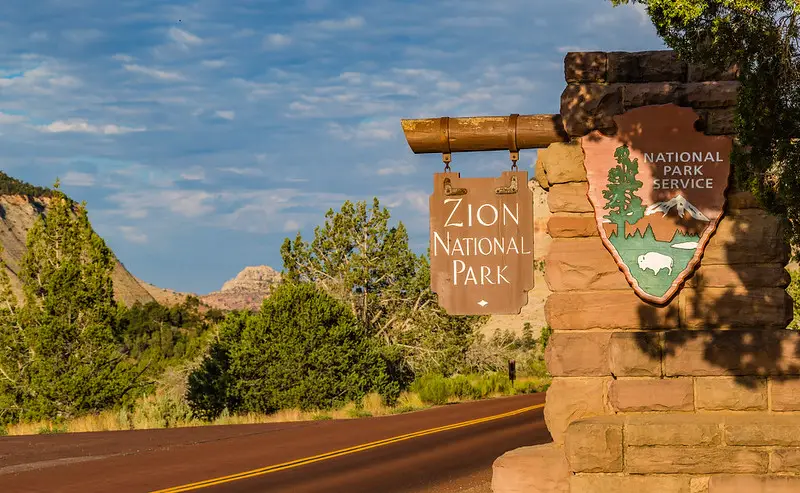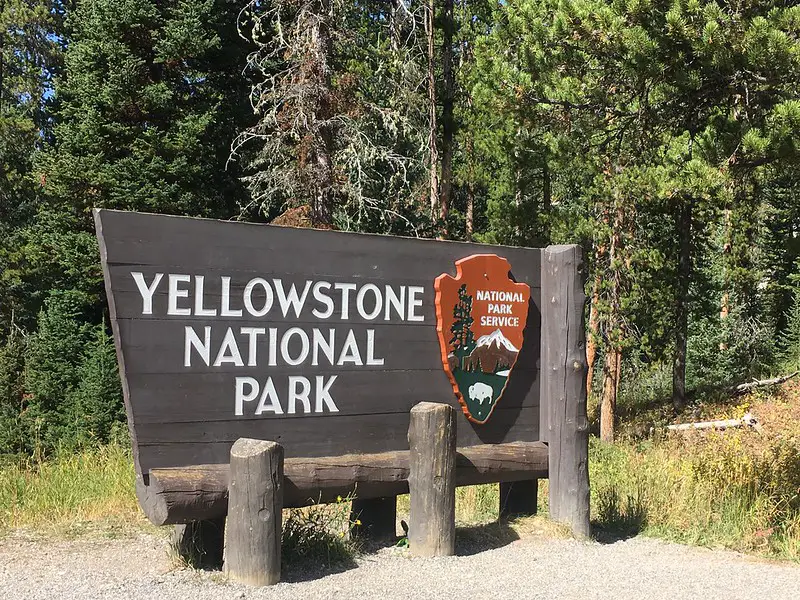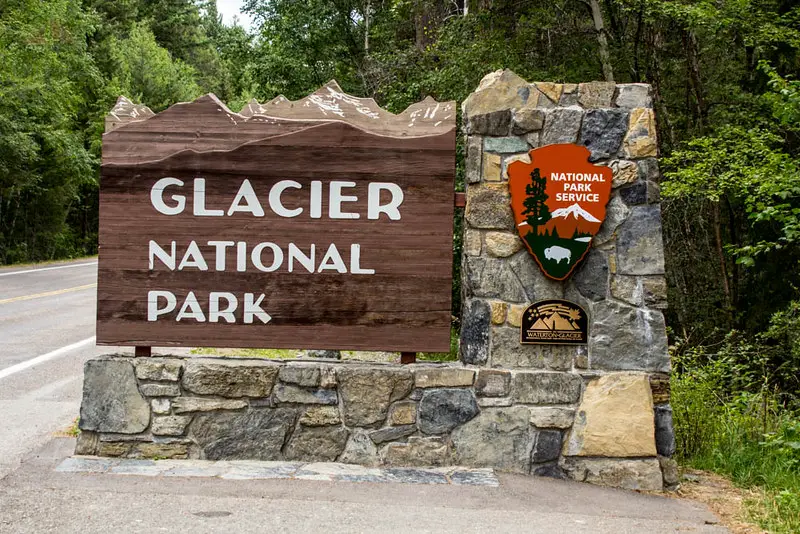Public lands are lands that are owned by the government and managed for various purposes, including recreation, conservation, and resource extraction. In the United States, public lands are managed by several federal agencies, including the Bureau of Land Management, the National Park Service, and the U.S. Forest Service. Many people wonder how has government regulation of public lands affected the environment?
In recent years, government regulation of public lands has become a controversial issue, with many environmentalists and conservationists advocating for greater protections, while others argue that too much regulation can stifle economic growth and job creation.
Follow along as we examine the impact of government regulation on the environment. This will involve reviewing the benefits and drawbacks of these regulations. Then, we will consider the role of public lands in protecting and preserving the natural world.

The Benefits of Government Regulation
One of the primary benefits of government regulation of public lands is that it provides a means for conserving sensitive and important ecosystems, preserving habitat for threatened and endangered species, and protecting wildlife.
For example, the Endangered Species Act, passed in 1973, has been instrumental in helping to prevent the extinction of hundreds of species and conserve critical habitats. Similarly, the Wilderness Act, passed in 1964, has helped to protect millions of acres of pristine wilderness areas, which serve as vital refuges for many species of wildlife.
The Drawbacks of Government Regulation
However, there are also significant drawbacks to government regulation of public lands, including the potential for economic harm, the infringement of individual rights, and the possibility of unintended consequences.
Many argue that too much regulation can stifle economic development and job creation by preventing industries like oil, gas, and mining from accessing valuable resources on public lands.
In addition, some argue that regulations can be overly burdensome, requiring extensive and time-consuming permits and environmental assessments, which can delay or even prevent projects from proceeding.

The Effect of Regulation on Resource Extraction
One of the most significant impacts of government regulation of public lands is on resource extraction industries, such as oil, gas, and mining. In recent years, increased regulation has made it more difficult for these industries to extract resources from public lands, and has led to a decline in production. T
he Department of the Interior has imposed new restrictions on drilling on public lands, and has delayed or denied permits for mining operations.
While these regulations have been praised by environmental advocates for their protective effects, they have also faced criticism for limiting the ability of resource extraction industries to produce energy and minerals.
Some argue that these regulations are too restrictive and that they prevent the country from reaching its full energy potential.
The Effect of Regulation on Recreational Activities
Another area where government regulation of public lands has had a significant impact is on recreational activities. The National Park Service has implemented a number of regulations aimed at reducing the impact of recreational activities on natural resources.
These include limiting the number of visitors, requiring permits for certain activities, and implementing fees for entry. Regulations are designed to help protect natural resources and reduce the impact of recreation.
Criticism has been aimed at these policies being overly restrictive, and for making it more difficult for people to enjoy public lands. Some argue that these regulations are necessary to preserve these important resources, while others believe that they are an infringement on the public’s right to use and enjoy public lands.

Levels of Government Protection
Levels of government land protection can be categorized into three main types: federal, state, and local.
At the federal level, the United States government has established protected areas, such as national parks and national forests, to preserve natural and cultural resources. National parks, such as Yellowstone and Yosemite, are designated areas managed by the National Park Service. They are created to protect unique natural or cultural features and provide recreational opportunities for visitors.
National forests, on the other hand, are managed by the U.S. Forest Service and are established to protect and manage forest resources for multiple uses such as timber harvesting, wildlife habitat, and recreation. State and local governments also establish protected areas, such as state parks and nature preserves, to protect important natural resources and provide recreational opportunities for their residents.
Despite the challenges posed by government regulation of public lands, these lands continue to play an important role in protecting and preserving the natural world.
By providing habitat for wildlife, preserving pristine wilderness areas, and conserving sensitive ecosystems, public lands help to ensure that future generations will be able to enjoy and benefit from the natural world.
Government Regulation’s Affect on the Environment
Overall, government regulation of public lands has had a profound impact on the environment, both in terms of the benefits it provides and the drawbacks it poses. The answer to the question “how has government regulation of public lands affected the environment?” is complex.
While regulation has been effective in conserving sensitive habitats, preserving wilderness areas, and protecting wildlife, it has had negative consequences too. This includes stifling economic growth, infringing on individual rights, and limiting recreational opportunities.
It is essential to strike a balance between the need to conserve public lands and the need to extract resources, create jobs, and allow people to enjoy these lands. While there may never be a perfect solution, it is clear that government regulation will continue to play a critical role in shaping the future of public lands and the environment.
As we look forward, it is important to consider the impacts of regulation, and to work together to find a solution that balances the needs of people, the environment, and the economy.

